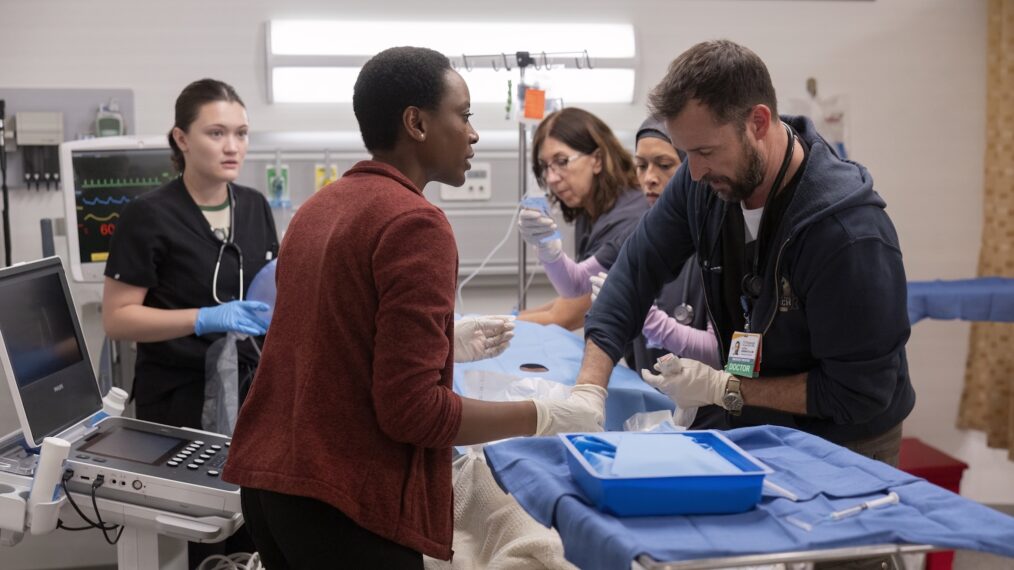
Creating a culture of safety is more than following protocols; it’s about fostering an environment in which those protocols are actively integrated into the day-to-day work of health care professionals. "The Pitt," a new medical drama on Max, offers a portrayal of emergency medicine that aligns with many of the challenges and issues around patient safety identified by The Leapfrog Group. From understaffed units to the emotional toll on health care workers, "The Pitt" has been praised for its medically realistic take on care delivery.
Hand Hygiene and Infection Prevention
Effective hand hygiene practices are fundamental to preventing healthcare-associated infections (HAIs). In "The Pitt," there are several moments where characters are reminded of the importance of handwashing, especially in high-stakes situations. This mirrors Leapfrog’s emphasis on hand hygiene as one of the key measures of the Leapfrog Hospital Safety Grade. Hospitals that have strong protocols for infection control tend to have lower rates of HAIs and improved patient outcomes.
The show’s portrayal of this practice, often integrated into fast-paced emergency situations, reinforces its importance, not just as a routine, but as a fundamental aspect of safety. It’s an essential part of ensuring that patients don’t suffer or die from preventable infections.
ED Boarding and Patient Flow
One of the most prominent issues featured in "The Pitt" is ED boarding, a scenario where patients who need inpatient care are forced to wait in the emergency department for a bed to become available. This is not just an inconvenience for patients—it's a safety risk. "The Pitt" shows how long wait times and overcrowding can exacerbate existing health issues. Hospitals with more frequent boarding episodes typically have higher rates of patient complications and lower levels of patient satisfaction. The show effectively highlights the tension between delivering timely high-quality care and managing overcrowded conditions, demonstrating the toll that ED boarding takes on both patients and health care staff.
Staffing, Burnout and Emotional Well-being
The emotional and physical toll on health care workers is another common theme in "The Pitt." The show addresses the challenges of staff burnout, particularly among physicians, nurses and support staff. Overwhelmed by long hours, high patient volumes and emotional stress, health care workers in the show often struggle to maintain the level of care required in such an environment.
Hospitals with sufficient staffing levels tend to report better patient outcomes. Understaffed hospitals, in contrast, face greater risks of burnout, higher error rates and lower overall patient satisfaction. Many hospitals in the real world are currently grappling with staffing challenges, and "The Pitt" emphasizes the need for strategies to prevent burnout and promote staff well-being.
Real Implications for Patient Safety
"The Pitt" offers a dramatized but insightful look into the challenges faced by health care workers in emergency departments. By showcasing these key aspects of patient safety and quality, "The Pitt" underscores the importance of maintaining high standards in care, promoting staff well-being and ensuring transparency to improve outcomes.
Achieving better patient outcomes requires an ongoing commitment to creating a safe, supportive environment for both patients and staff. Ultimately, the real implications for patient safety are clear: creating a culture of safety requires a comprehensive, collaborative approach that puts patients first.
Not all hospitals are the same when it comes to safety and quality. Check your local hospital’s Safety Grade at hospitalsafetygrade.org.
